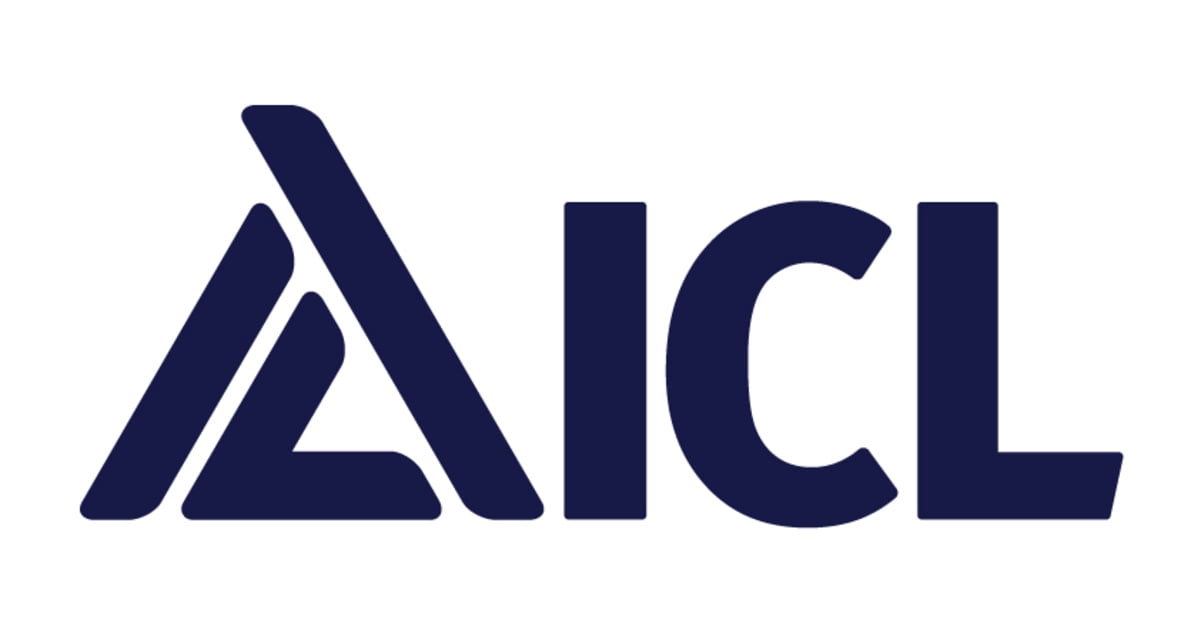
We are very excited to join pinfa, said Yaniv Kabalek, Senior Vice President, Flame Retardants at ICL. A global specialty minerals and chemicals company, ICL operates bromine, potash, and phosphate mineral value chains in a unique, integrated business model. As a company with a broad flame retardants portfolio and as a company we are committed to provide customers with the highest performing sustainable products. Pinfa offers us a strong platform to communicate this and the critical role of flame retardants play in public safety says Mr. Kabalek. Fire safety is ever more relevant in our modern mobile world and flame retardants used in combustible plastic materials are critical chemistries that stop ignition, prevent fires, and so save lives and property. We look forward to contributing to the important pinfa outreach and programs highlighting these benefits.